Over the past one hundred years, Iran’s oil industry has not offered a promising performance in developing joint oilfields with neighboring countries which has resulted in considerable losses.
One instance is South Azadegan as the largest oilfield in the Middle East shared between Iran and Iraq. Despite being entangled in the war with terrorist, Iraqis have always come out ahead of Iran in retrieving crude from and expanding the joint field.
At the present time, while Iran’s oil production at South Azadegan barely reaches 60 thousand barrels per day, the figure for Iraq amounts to more than 210 thousand barrels.
In time with the delays posed by China National Petroleum Corporation in 2013, Royal Dutch Shell, an Anglo-Dutch multinational oil and gas company headquartered in the Netherlands, began oil production at South Azadegan joint oilfield in Iraq’s favor.
The most important factor in development of oil fields is to boost drilling and since possession of a larger number of wells is parallel to increased production. In other words, according to an unwritten rule, rigs would determine the final winner in expansion of joint oil and gas fields.
Currently, a total of 19 drilling rigs are operating simultaneously on the Iranian side and more than 270 thousand meters of digging has been carried out since 2014 after the contract with the Chinese contractor was terminated.
Development of South Azadegan pursues the goal of recovering 230 thousand barrels per day (bpd) in the first phase and 280 thousand in the second to give a total of 600 thousand barrels overall which requires 185 wells.
Project Director of the Development Project of South Azadegan Seyyed Mahmoud Marashi estimated that oil output at South Azadegan will reach 230 thousand bpd by early 2018.
On the other hand, several negotiations have been conducted with various Asian and European companies for development of the joint field while signing a contract with France’s Total SA seems more probable.
Given that Iraq’s production at South Azadegan exceeds Iran by 3.5 times, the possibility exists for oil and its associated gas to ‘immigrate’ from Iran to the Iraqi side.
Meanwhile, Iranian oil officials have emphasized that Iran’s oil withdrawal from the joint field will equal that of Iraq within months.
Majid Najarian, an official at Petroleum Engineering and Development Company (PEDEC), stressed that “Majnoon oil field is shared with North and South Azadegan as well as North and South Yaran oil fields and Iraq is currently recovering 200 thousand bpd from the site.”
“At the present time, Iran is retrieving 75 bpd from North Azadegan and 50 bpd from South Azadegan while the overall output will reach Iraq’s total production in three months,” he continued.
Najarian underlined that Iran is now producing 225 bpd from five West Karoon joint oilfields; “within three months, 30 thousand barrels will be added to South Azadegan output as well as that North Yaran will experience a similar rise in production to bring about a total recovery of 285 thousand barrels per day.”
As one of the richest oil fields in the world with an estimated 38 billion barrels of oil in place, Majnoon oil field is a super-giant oil field located 60 km from Basra, Basra Governorate in southern Iraq.
The operator Shell holds 45% stake in development project of the field, while Petronas and Iraqi Ministry of Oil hold 30% and 25% of interest.
The Iraqi government is optimistic to recover 1.8 million barrels of crude oil per day in coming years in order to realize the dream to double its oil production which currently resides at four million bpd.
HA/3727146


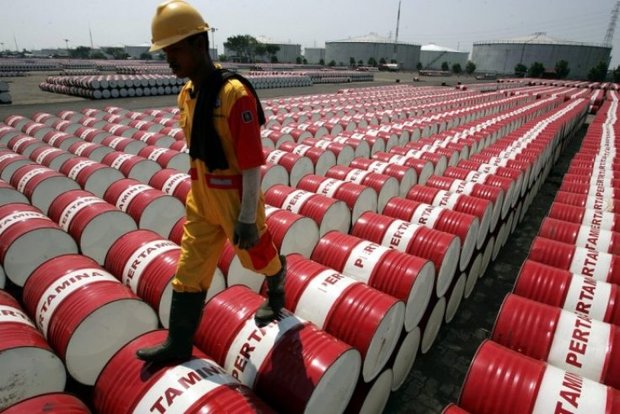
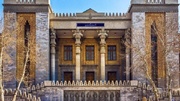



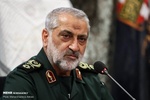

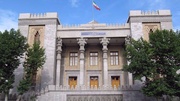













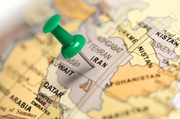


Your Comment